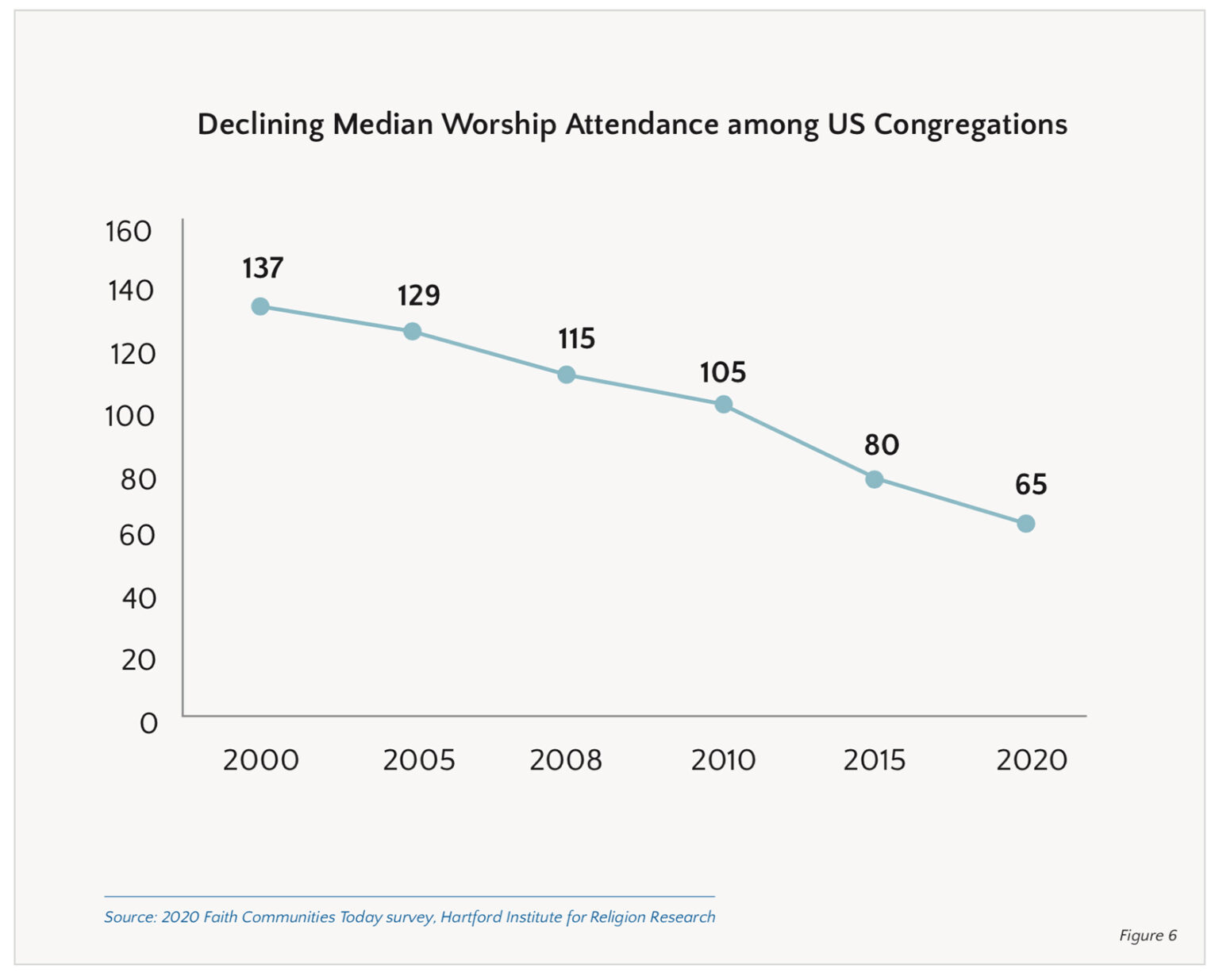 The story of American religion is less a story of great works than it is of small assemblies, more like families or extended clans than the mega churches of Protestantism or the grand cathedrals of state churches.
The story of American religion is less a story of great works than it is of small assemblies, more like families or extended clans than the mega churches of Protestantism or the grand cathedrals of state churches.
We were deluded in America by the masses fueled by immigration and the quest for the preservation of culture -- a culture in which Christianity was a part but not primary. In those days the various ethnic communities gathered in great buildings to celebrate a God who had helped them endure through the great transition and allowed them to keep some of their language, culture, music, traditions, and food to carry with them into the New World.
Some will complain that this has everything to do with changing demographics. And it does -- to a certain extent. But it also has to do with something else. It is about churches who allowed the mix to pass as genuine Christianity and leaders of the faith who failed to catechize carefully, distinguishing what was culture and what was faith. As some put it, the faith became about as precious as Grandma's recipes but also about as occasional as the dishes of the past were made. The demographic changes mask how easily and quickly those who moved left the churches of their youth for the evangelical churches that seemed so new and different or simply left them entirely behind without replacing them with anything new. Lutherans and Roman Catholics can both commiserate on this part of the outcome.
Not to be forgotten were the failed attempts by well-meaning church leaders to modernize the church and give the faith a facelift less of a contrast with the culture around them. In the end, they opted for less catechesis rather than more -- for the focus on feelings rather than facts and for a faith that attempted more to be relevant than real. What fueled the decline were a shallow sentimentalism that did not have the roots needed to build a solid faith, the view of religion as entertainment or distraction rather than truth, and for a religion more therapeutic than transformational. All of these methods failed. They did not resuscitate a moribund faith but perhaps killed it. In the end, part of the problem was that our church leaders assumed that this is what people wanted or would settle for. But they were not that stupid. They saw through it and were only momentarily distracted by such trivialities. At the same time the churches were offering pale substitutes for what was all around them, the people knew that better entertainment and therapy could be found elsewhere without all the God baggage of sin, repentance, and resurrection.
There will always be large congregations. There will always be mid-size congregations. They will never go away -- unless the governments of the world refuse to allow them anymore. But more and more Christians will gather in smaller groups. No longer with a focus on programs, the faith will be more front and center and worship and the study of God's Word will be the center of these smaller assemblies. It is not the time for us to berate the smaller congregations for their failings but the time to begin helping them prepare for their renewed role as the ordinary expressions of Christian koinonia. Yes, it will mean that the shape of the clergy will change -- more worker priests and more congregations sharing a pastor. We all knew that. It is no surprise. But neither can we afford to prepare these pastors with less training. An online education will offer them knowledge but it will not help form them for their service to churches in Christ's name. We have already seen the alarming numbers of those thinking of leaving the ministry or who have left -- especially among the non-denominational folks. When we face a rapidly changing world, we do not need less clergy with less training but more resources to help them endure the changes. This will be a time in which more is required both of pastors and their people -- not less. It will be a time in which we prove whether or not we believe the words of Jesus -- He who endures to the end shall be saved.
1 comment:
The displayed graph is from Figure 6 in the report, "Twenty Years of Congregational Change: The 2020 Faith Communities Today Overview." The Missouri Synod was one of the 21 denominations and religious groups participating in the Faith Communities Today 2020 Survey, which including the following FACT 2020 Common Questionnaire - Survey Questions. The Report (p. 30) provides a brief explanation of how the survey was conducted and the responses weighted and processed.
The Report also showed that of the four regions of the United States (Northeast, Midwest, West, South), there were More Congregations per Million Residents in South and Midwest Regions.
Post a Comment